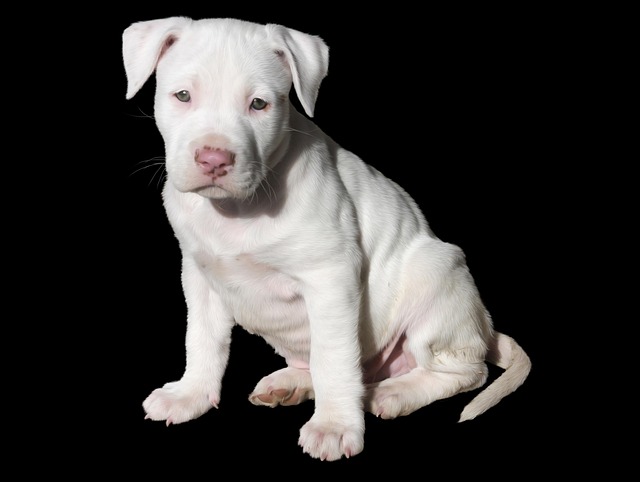
What is glaucoma in a dog?
You might notice your dog squinting more at mealtime or avoiding bright sunlight—these small changes could be early signs of a serious eye condition.
Hip dysplasia isn’t just a senior dog issue—breeds like Labradors and German Shepherds often show signs as early as 6 months, with stiffness after naps or reluctance to climb stairs. While surgery might be necessary in severe cases, physical therapy has become a cornerstone of managing the condition across Europe and North America.
Water therapy works wonders for many pups. Underwater treadmills reduce joint pressure while building muscle strength around the hips. A Golden Retriever named Max I worked with went from struggling to stand to trotting through 10-minute sessions—his vet noted the improved range of motion after just three weeks. Look for clinics certified by organizations like the IAAMB to ensure safety.
Land exercises focus on controlled movements. Gentle stretches that flex the hip joint, like slow leg lifts, can increase mobility. Balance exercises on wobble boards help engage stabilizing muscles, though you’ll need to start with short 30-second sessions. Always warm your dog up first with a slow walk—rushing into stretches can cause more harm than good.
 Massage isn’t just pampering; it boosts circulation to tight tissues around the hips. Using circular motions on the thigh muscles helps release tension, making movement easier. In France, many veterinary clinics employ certified animal massage therapists, as studies show it can reduce reliance on pain meds—a plus for owners wary of long-term drug use.
Massage isn’t just pampering; it boosts circulation to tight tissues around the hips. Using circular motions on the thigh muscles helps release tension, making movement easier. In France, many veterinary clinics employ certified animal massage therapists, as studies show it can reduce reliance on pain meds—a plus for owners wary of long-term drug use.
Weight management goes hand in hand with therapy. Extra pounds put added stress on dysplastic hips, so working with a vet nutritionist to create a calorie-controlled diet speeds progress. In the UK, the Royal Veterinary College recommends keeping large breeds lean from puppyhood to slow dysplasia development—physical therapy becomes less effective if weight isn’t addressed.
Laser therapy, often used alongside exercises, stimulates cell repair in inflamed tissues. Sessions last 5-10 minutes and feel like a warm tingle, making most dogs relax. Check local regulations—some US states require vets to supervise laser treatments, so avoid unlicensed practitioners offering “miracle cures.”
Consistency beats intensity. Short daily sessions (10-15 minutes) yield better results than hour-long weekly ones. Track progress with videos—compare how your dog stands or walks each month to spot improvements. If you notice increased limping or resistance, pause and consult your vet—pushing through pain violates animal welfare guidelines in most European countries.
Physical therapy won’t reverse hip dysplasia, but it can significantly improve quality of life. Many dogs stay active well into their senior years with a mix of therapy, meds, and lifestyle adjustments. The key is starting early—don’t wait until your pup is in obvious pain to seek help.

You might notice your dog squinting more at mealtime or avoiding bright sunlight—these small changes could be early signs of a serious eye condition.

Let’s set the scene: It’s a sweltering Phoenix afternoon—105°F outside—and you rushed your 2-year-old Lab mix, Cooper, on a quick walk to “get it over with.”

Let’s get real: You’re in your Miami apartment, watching your 3-year-old Corgi, Loki, struggle to climb the stairs to your second-floor unit.

Many dog owners brush off occasional scratching as just “dog behavior,” but persistent itching often signals something more—like a food allergy.

You might first notice your dog scratching more than usual—chewing at their paws until the fur looks thin, or rubbing their face against the couch nonstop.

Let’s be real: You’re standing in your Chicago apartment, watching your 3-year-old Beagle, Max, huff and puff just to climb onto the couch.